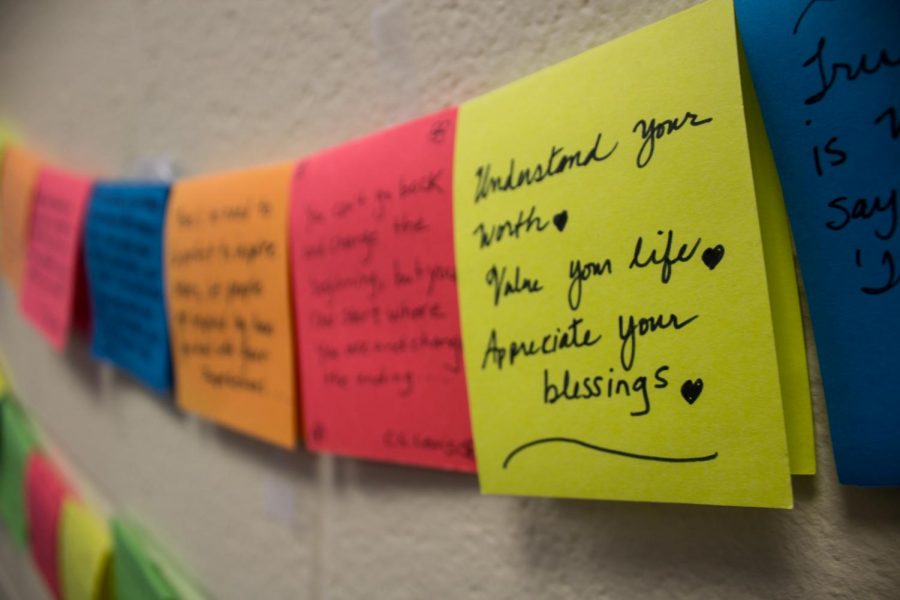AACC surveys campus for use of drugs, alcohol
August 25, 2018
A drug and alcohol survey the college emailed students last spring will help AACC decide how to begin improving its prevention and treatment resources on campus this fall.
According to Dean of Student Engagement Tiffany Boykin, the college administers the survey every two years, in even years, to assess whether its drug and alcohol programs are successful in helping substance abusers on campus.
“[The college must] keep our finger on the pulse of alcohol and drug and substance use and think about our different programming and activities and how we are responding [to] and addressing the needs of the students,” Boykin said.
Boykin said the college will complete the analysis of the survey this October to identify the substance abuse prevention and treatment programs in place and their goals; how many participants are in each program; and any drug- or alcohol-related incidentss recently reported on campus.
The college looks to see, “Are we responding adequately and are we responding in a fair and consistent matter?” Boykin said.
“The survey allows us to know whether students are aware of the services available,” Dr. Felicia Patterson, vice president for learning support services, said.
The data the college collected so far shows that 843 of the 10,963 students and 287 of all full-time employees filled-out the survey.
Boykin said the college takes a “multi-tiered approach” to educating students about alcohol and drugs, by teaching them about treatment and prevention.
Boykin pointed to AACC’s peer recovery program, its heroin and opioid prevention education program, and Hoops for Hope—a basketball fundraiser for recovering addicts—as the most notable of its many programs offered.
Third-year mechatronics student Robert Samson-Krebs said AACC’s drug and alcohol-related programs are an “eye opener” to the drug problem in Anne Arundel County. “It’s gotten way out of hand. … It’s good that [AACC] can save people.”
“We are a dry campus. We don’t engage in drugs or alcohol and we are tobacco free,” Boykin said.
According to Boykin, the college has been sending out this survey since “at least 2010.” Since then, Boykin said the college has used the results to enhance the Collegiate Recovery Center, which is located in SUN 217 and offers free resources and support to addicts and their families. .
“Last year it was enhanced as a result of the survey showing that some students didn’t know about it,” Boykin said.
The center “added more hours, more support from peers and more training. We noticed [from the last survey] that there are students who may not they themselves be in recovery, but are still dealing with it and negotiating those challenges … so we [enhanced] the Collegiate Recovery Center so we would also have efforts to engage and support family members and friends.”
Sixth-year communications student Jimmy Reyes said the school should do a better job of promoting its drug and alcohol programs. “I didn’t even know we had [a recovery center]. … That’s awesome,” he said. “People should know help is out there.”
Since the last survey the college has started training students to administer an opioid overdose-reversing drug to others.
This, Boykin said, is because the last survey results revealed that students are more likely to come in contact with someone who has overdosed than trained faculty or police officers on campus.












